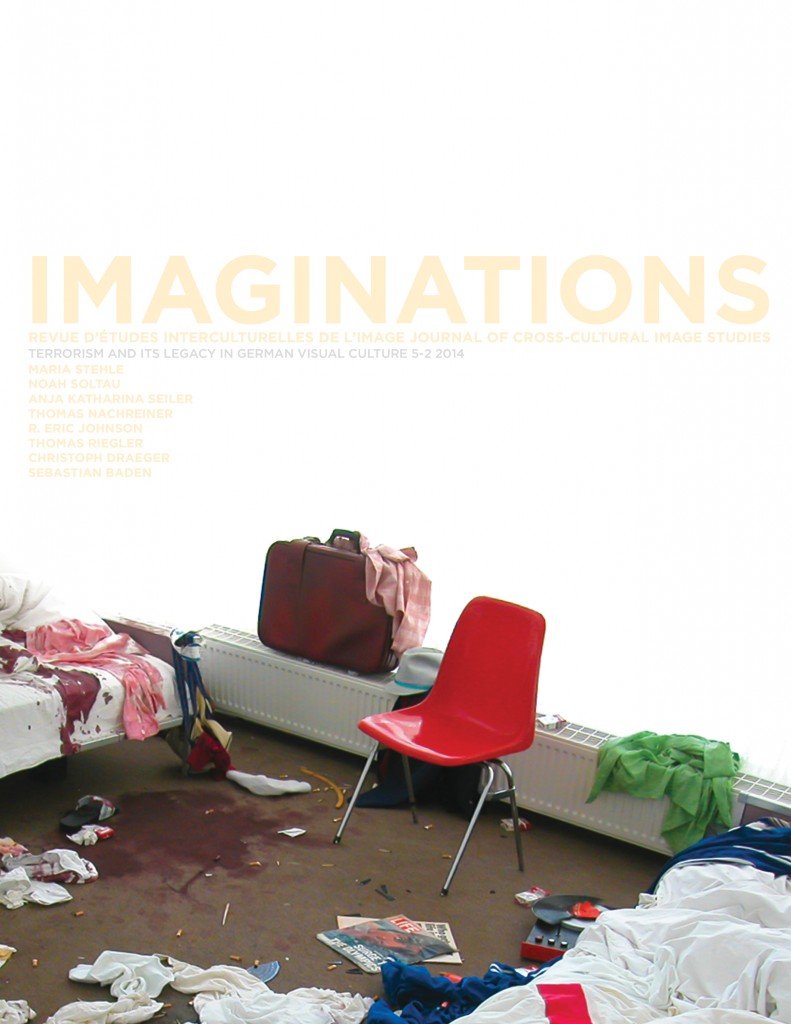ASKEW POSITIONS—SCHIEFLAGEN: DEPICTIONS OF CHILDREN IN GERMAN TERRORISM FILMS
DOI:
https://doi.org/10.17742/IMAGE.TGVC.5-2.4Abstract
This essay discusses the appearance of children in films that negotiate the legacies of West left-wing German and global terrorism. The four films discussed in this essay depict children in Schieflagen (askew positions), but use these images to create rather different political messages. InDeutschland im Herbst (1978), Die bleierene Zeit(1981) and Innere Sicherheit (2000), children are melodramatic devices that convey a sense of national tragedy, nostalgia for “innocence,” and/or a nationally coded sense of hope. As opposed to representing such an uncanny mixture between melodramatic victim and national symbol, children in the recent film collaborationDeutschland 09 (2009) are the face of the present. Deutschland 09 depicts children as disconnected from German history, which relieves them of the burden of national representation and, as a result, offers a potential for a less normative and more diverse perspective on Germany’s history and present. While their missing connection to national history leaves them to appear detached and confused, this confusion can be read as a search for different understandings of history and belonging in twenty-first century Germany.Downloads
Published
2014-10-03
How to Cite
Stehle, M. (2014). ASKEW POSITIONS—SCHIEFLAGEN: DEPICTIONS OF CHILDREN IN GERMAN TERRORISM FILMS. Imaginations: Journal of Cross-Cultural Image Studies, 5(2), 46–66. https://doi.org/10.17742/IMAGE.TGVC.5-2.4
Issue
Section
Articles
License

This work by https://journals.library.ualberta.ca/imaginations is licensed under a Creative Commons 4.0 International License although certain works referenced herein may be separately licensed, or the author has exercised their right to fair dealing under the Canadian Copyright Act.




